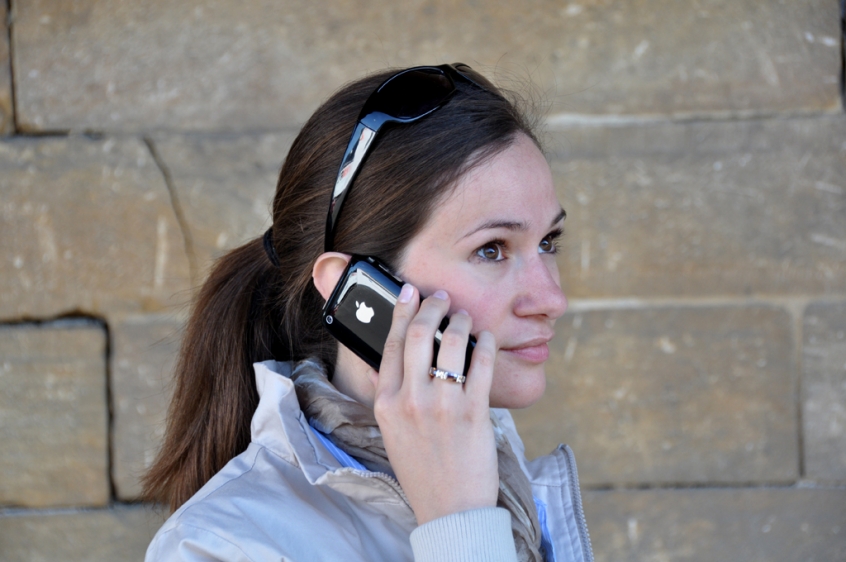It’s a surprisingly common occurrence – just a quick installation of a new app on your smartphone or tablet and it ceases up and stops working. The mobile phone or tablet hangs during the installation process and may not even boot up if you try to restart. Nevertheless, in many cases data on the device has simply disappeared. Or perhaps the user was careless and the expensive device simply falls to the ground or even in the water. Now what? Is it possible to recover its sensitive data stored on the device yourself or should you contact a specialist? Because the mobile device, in contrast to laptops or desktops, have their own unique requirements.
Where is data usually stored on the smartphone?
In an iOS-based smartphones and tablets, all data is stored exclusively on the internal memory of the device. Depending on the model, iPhones have different sized NAND flash memory. Alternatively, data can also be stored via iTunes on the computer or stored via iCloud in the cloud.
Android-based smartphones, however, offer the possibility to use three different data storage places: In addition to the internal memory – also mostly a NAND flash – many devices have a (micro-) SD card slot on which the data can be saved. As a last resort, various data can – depending on the available amount of memory – are stored on the SIM card of the telco provider.
What types of data loss can occur on a smartphone?
Basically you have to distinguish among the possible damages between physical and logical errors. A physical error on a smartphone exists, for example, when the flash memory chip or the used controller has failed on the internal circuit board by a drop or other impact and now the device can no longer be used. Or the internal memory chips have worn out, have dropouts and no longer save correctly, or are already partially broken. Logic errors, however, are typically missing or incorrect file structures or linkages, corrupt files and file formats as well as faulty memory allocations. In short, all logical errors that cause either files will not be displayed or recorded by the system, but still exist on the memory.
In all of these cases it is best to speak with an expert. But there are also cases in which smartphone owners can save their data themselves and only if the phone or its data – whether Android or Apple iPhone.
How can you recover data yourself?
In some cases, smartphone owners who have suffered a loss of data can help themselves. To read out the internal memory of Android-based smartphones, there are also some software solutions, such as DataRecoup, on the market that allows to pull down the material stored on the device via USB cable to a computer. If data has been deleted due to a crash or an abortion of an installation on the internal memory, it depends on whether it is recognised as a removable disk on your PC or Mac, or not.
Apple device complications
Apple device owners face a few additional hurdles:
- SIM cards and micro SD memory readers are useless as iPhones do not support these locations for data and only use the internal memory. Accessing the internal memory of an iPhone is difficult for most users.
- There is the possibility for older iPhones up to version 4 to switch the device into maintenance mode and then access the internal memory, read data from it using special software and recover deleted data. But it is not easy.
- For all newer devices from the iPhone 4s this way is no longer possible and data recovery can only be performed by professional service providers who have special, non-commercially available, tools at hand.
And who is able to help?
Whether defective hardware or memory failure: in most cases, a user cannot help themselves alone. The chance that a user can save data using freely available software tools from the internet, is rather low. On the contrary, the use of such tools rather often causes no more data to save, since some programmes work on “live objects”, overwrite data and thus destroy data permanently.
For this reason, users who suffer from data loss on mobile devices should always consult a professional data recovery company. Only specialists who have frequently and successfully engaged in data recovery from mobile devices can really assess whether there is a realistic chance to recover important material from mobile phones or tablets or not. Since Apple devices are systemic somewhat more difficult to address, it is essential to choose a provider that has restored many Apple iPad or iPhone data and can therefore provide the requisite expertise.
Reference: http://blog.krollontrack.co.uk/concepts-explained/data-storage-on-mobile-phones-devices/





